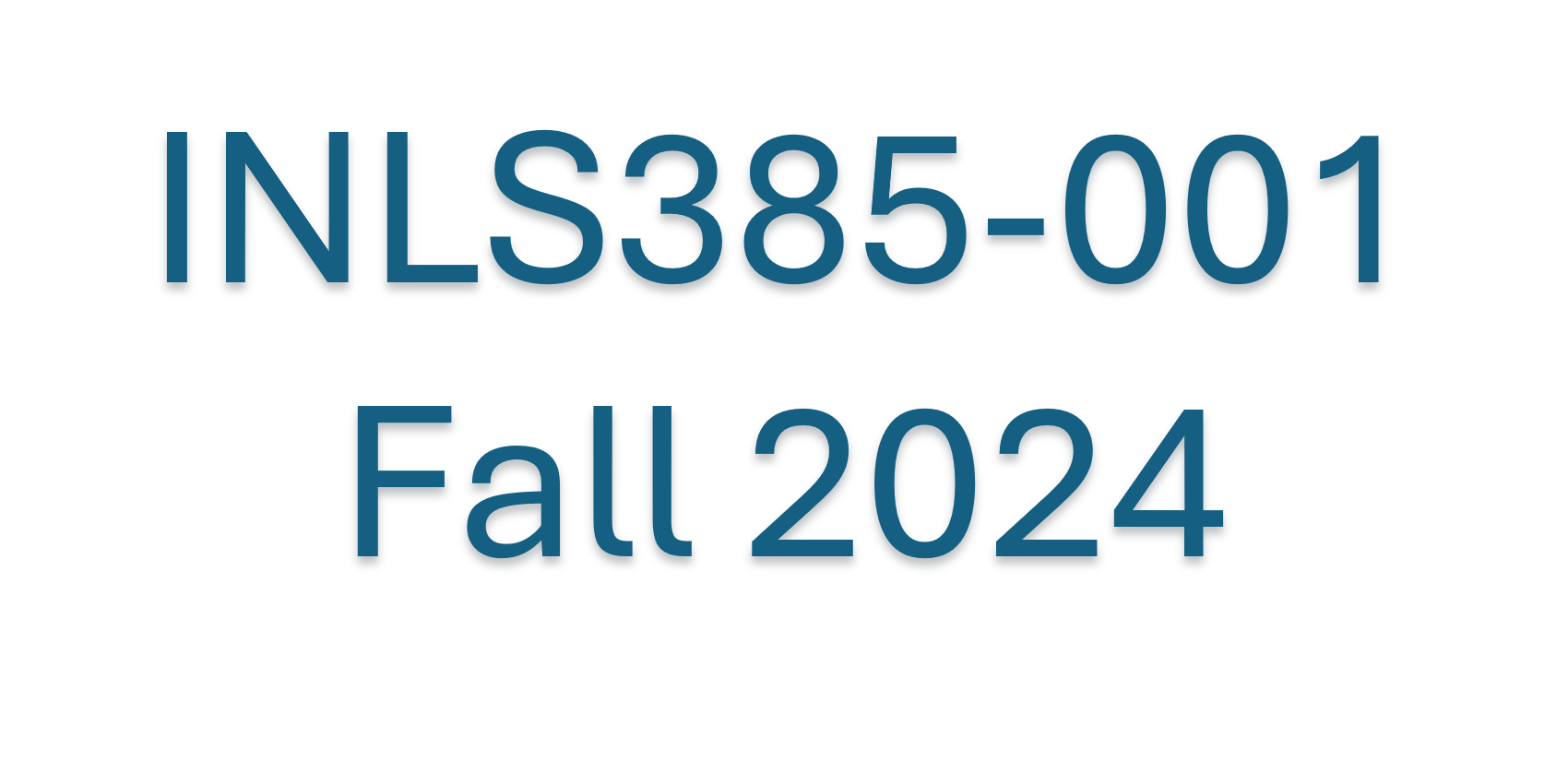Session 06
INDIVIDUAL IDENTITY
DOES THE INDIVIDUAL IDENTIFY WITH THE ORGANIZATION
AND, IF SO, HOW DOES THIS IDENTITY MANIFEST ITSELF?
How do you understand who you are in relation to the organization?
CONSIDER HOW YOU FIT INTO THE ORGANIZATION THAT IS THE NATION, THE STATE, THE COMMUNITY
Why, we wonder, and how, did revolutionary-era Americans choose to adopt a radical regime of religious freedom?
Their reasons did not rely on any idealistic consensus that religion must be separate from politics and instead owed everything to their deep suspicion of power in the hands of flawed humanity. Informed by centuries of European history, revolutionary-era Americans believed that governments empowered to coerce belief - long the common European practice - became tyrannical. History proved that, where religion was concerned, governments resorted to coercion. Consequently, to provide a barrier against tyranny, key American patriots believed that protecting religious freedom was vital.
But old ways died hard. How Jefferson and Madison's partnership ... shaped America's separation of church and state
'Here we are all the same' by Richard D Brown, Aeon Magazine, 28 June 2017
topYOU DON'T HAVE TO READ THESE UNLESS YOU WISH TO, BUT WE MIGHT TOUCH UPON THEM IN CONVERSATION
One of the attractions of the workplace is that it is a place where there is a shared endeavour. That endeavour is called “work”. You need to be friendly to be a good colleague, but you don't need to be friends. You need to be capable of empathy, but you don't need to constantly emote. You have to turn up, try hard and play your part.
- Bartleby. Do not bring your whole self to work. Economist, 02 June 2022.
... the values inherent in a given identification may legitimately demand the conscious sacrifice of self-enhancement and even self-preservation for the sake of the larger entity or cause ... the wish to identify is nearly universal and that it can be beneficial. The caveat is that identification requires discernment and balance.
- Mael, F. A., & Ashforth, B. E. (June 01, 2001). Identification in Work, War, Sports, and Religion: Contrasting the Benefits and Risks. Journal for the Theory of Social Behaviour, 31, 2, 197-222.
THINGS WE'LL TALK ABOUT
Our daily throught-provoker: Talking about AI in human terms is natural—but wrong
- how do individuals perceive their organization?
- how do individuals perceive their roles in their organization?
- do different individuals perceive the same organization differently?
- how does this influence organizational culture? does it become multi-dimensional?
- how could individuals' identification with their organization influence their decisions to make ethical choices within that organization?
If the session will include an in-class exercise, it will be noted here.
topSOMETHING TO TAKE AWAY
Chan Chan
Compay Segundo live at L'Olympia in Paris, France, 1999
One of my last songs was "Chan Chan," which I wrote in 1987. I played it for the first time at a club called Cristino. It's a number that has four notes, and four chords. There's very few numbers that you can sing the whole song with four notes. I've been to Santa Clara-Las Villas province and everybody up there knows it; I've been to Santiago de Cuba y and everybody there knows it too. I go by a school and when a kid sees me, he says, "Look, it's Compay Segundo," and starts singing, "I'm going from Alto Cedro to Marcané then from Cueto, I'm going to Mayarí."top
Copyright © R.E. Bergquist 2014- |
Powered by w3.css
